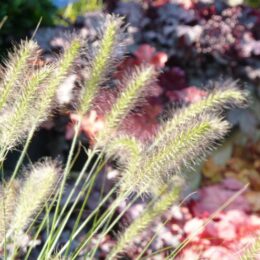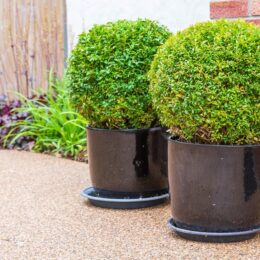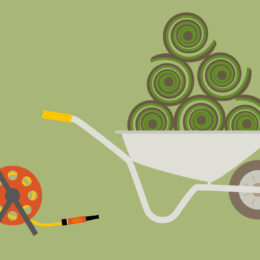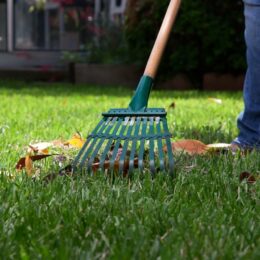Why Conserve Water?
Despite everyone thinking it rains a lot, our region (the Anglian Water region) experiences less rainfall than average in the UK. We receive 1/3 less rainfall than the rest of the country and our daily water use per person is increasing! The average water use per person per day in the Anglian water region is 146 Litres. To put this into context that’s about 3 full tanks of petrol in your car, or a full bathtub for each of the 4.3 million people every day.
Plentiful, clean and easy to access water is a given part of daily life in the UK and it’s easy to forget that the water coming out of our taps is part of an intricate and changing weather system.
It’s vital we consider our impact and make conscious choices in our daily lives that consider the impact our actions are having on other humans, animals and our environment.
With continual population growth and climate change, it is becoming more important to consider conserving water wherever possible.
How?
During the dry summer months, watering the garden becomes an extra daily task for lots of us, so here are a few tips to help you save time, money and water whilst keeping your garden looking good :

Water butt and can
1. Use a water butt – you can collect an estimated 85,000 litres of rainwater from an average house roof every year (from Energy Saving Trust) and rainwater is much better for the garden and houseplants than treated tap water. More information on using a water butt.

Patio border containing Verbena, Sedum & Ornamental Grasses by GAP Photos
2. Buy drought-tolerant plants that won’t require regular watering.
Our top 10 suggestions are:
Many ornamental grasses are drought tolerant – we like Stipa tenuissima (aka Mexican Feather Grass)
Lavender (great for scent and brilliant for pollinators, loved by bees)
Pittosporum (an evergreen shrub)
Perovskia (aka Russian Sage)
Sedum (a hardy succulent)
Senecio (known as angel wings with beautiful soft silver leaves)
Verbena (loved by pollinators)
Yucca (great for adding structure)
Rosemary and Thyme – both great for cooking and containers too.

By GAP Photos
3. Use mulch, such as bark to cover the area around the base of the plants, this helps prevent the moisture from evaporating around the roots. Ground covering shrubs are also great for this – such as Erigeron.

By GAP Photos
4. Put containers together in a shady spot, they will need watering less and you will save time watering by having them all in one place.

By GAP Photos
5. Use greywater from the bath, paddling pool or washing up bowl to fill a watering can – as long there are no nasty chemicals, the plants won’t mind dirty or soapy water.

6. Cut your grass less – longer lawns survive better in times of drought. Also, don’t waste water attempting to prevent the lawn from drying out and going brown, it will bounce back in the autumn. More information on leaving your lawn unmown to help wildlife
7. Catch excess water and feed – when watering hanging baskets, excess water and feed drip through onto the floor. Why not place a potted plant underneath so it can also gain from the water?!
8. Water effectively – if a plant has dried out and the soil has shrunk, place the pot in a shallow tray of water. This way the plant will soak up the water from the roots rather than being wasted if you watered from the top.
Water your plants thoroughly to ensure it reaches your plants roots. Light, frequent watering can mean your plant is not getting enough water to the roots.
For lots more information on saving water in the garden and other areas of the home :








